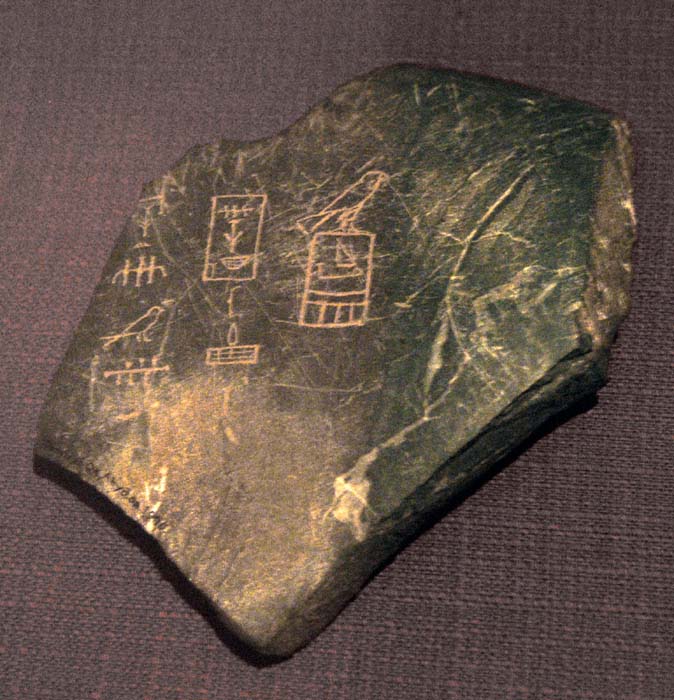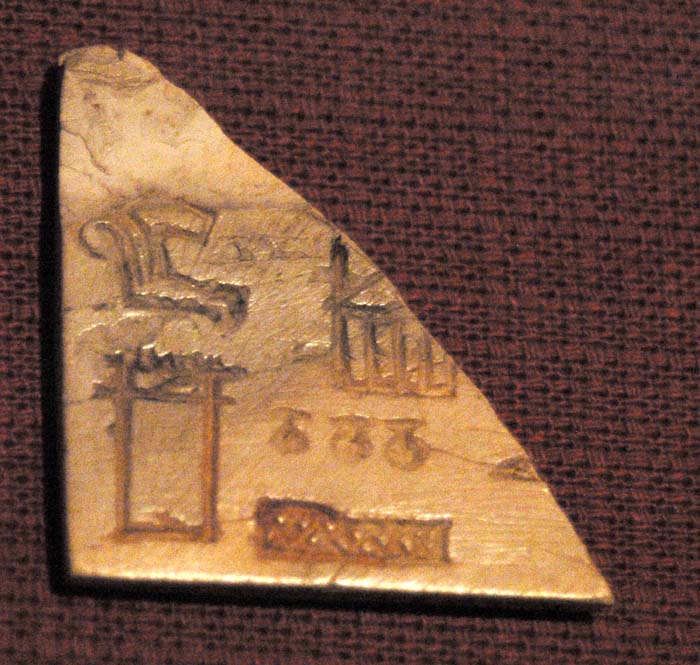
Kings of the First and Second Dynasties (c.3000-2890 BC) were buried Abydos in tombs with brick superstructures and underground chambers filled with goods for eternity, some of them packed and labelled. They included food, linen perfumes, jewellery, metalwork, furniture, and carved stone vessels. Many of the metal and stone items were inscribed with royal names, or imitated humble receptacles made of basketwork or leather. Despite the almost mythical status which these early rulers enjoyed, their tombs were later plundered and burnt and their fine grave goods survive only as fragments.
From this first use as a royal burying-place onwards Abydos was the site most prominently, connected with Egyptian ideas about death and the afterlife. The earliest temple at Abydos was dedicated to a local god of the dead Khentamentiu, he was later identified with Osiris the most important god of the dead.

